

Cranes are powerful machines, and their operation involves inherent risks that necessitate a strict adherence to safety protocols. This guide is designed to be an indispensable tool for crane operators, site managers, and safety officers, providing in-depth insights into the essential safety equipment required for crane operations.
In this guide, we will explore the critical components of crane safety equipment, from Personal Protective Equipment (PPE) to advanced operational safety devices and robust support systems. Each section will detail the significance, proper usage, and maintenance of these components, emphasizing their role in preventing accidents and ensuring a safe work environment.
Join us in promoting a culture of safety excellence, where knowledge and precaution work hand in hand to protect lives and property in the demanding world of crane operations.
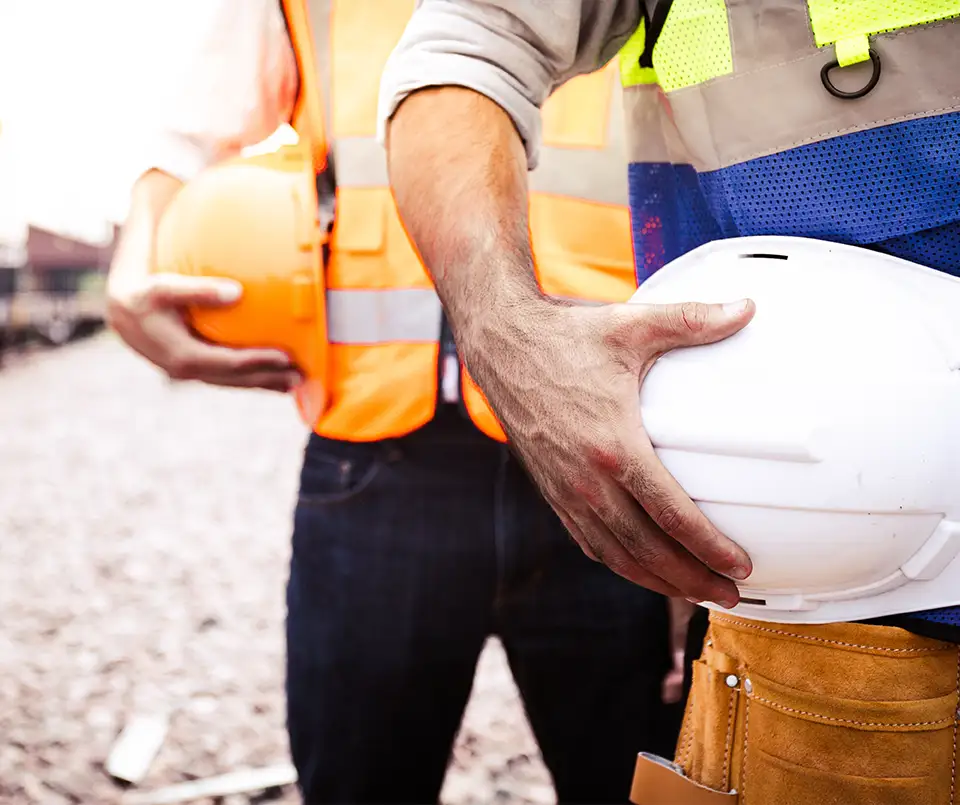
Personal Protective Equipment (PPE) stands as the first and most fundamental line of defense against workplace hazards. PPE is not just equipment; it's a crucial safety layer that shields workers from the myriad of risks present in construction sites, such as falling objects, electrical shocks, and visibility challenges. The proper use of PPE significantly reduces the chances of injuries and fatalities, ensuring that every team member returns home safely at the end of the workday.
Using PPE effectively is as crucial as having it. This involves selecting the right size and fit to ensure maximum protection, understanding how to wear each item correctly, and recognizing the importance of not modifying or removing any protective elements. Regular training sessions are vital in educating workers about the correct use of PPE and fostering a culture where safety is second nature.
The integrity of PPE is paramount to its effectiveness. Regular inspections should be a part of the daily routine, with any damaged or defective items being replaced immediately. Cleaning and storing PPE correctly extends its lifespan and maintains its protective properties. Both employers and employees share the responsibility of maintaining PPE, with employers providing the necessary resources and employees taking an active role in caring for their equipment.
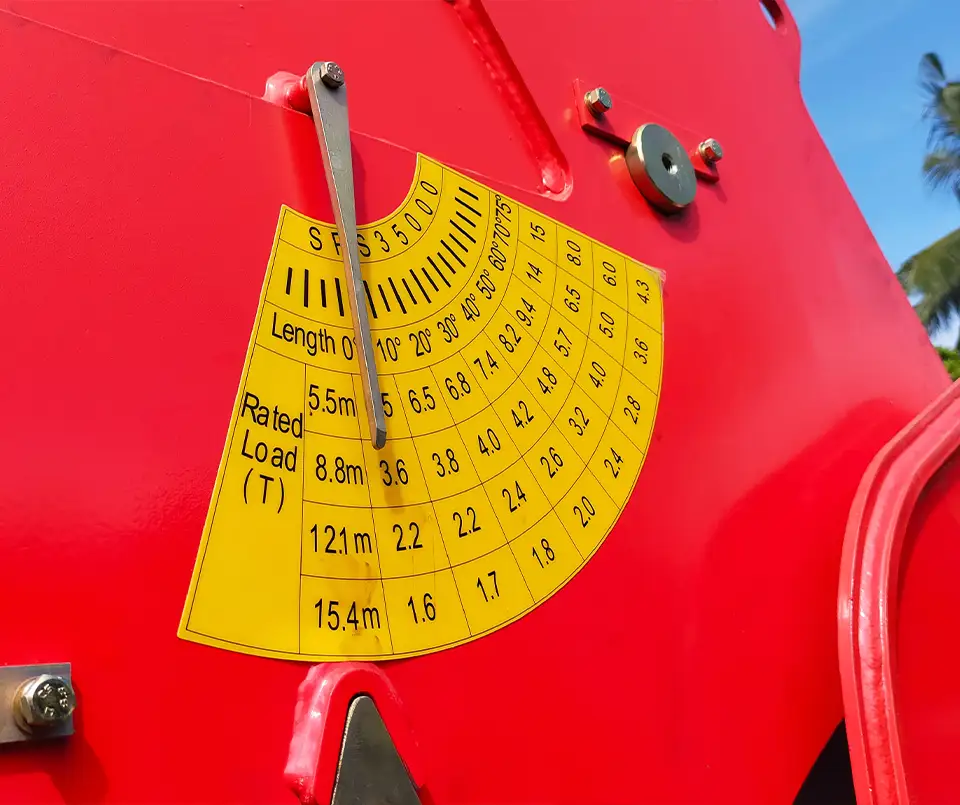
Crane operational safety devices are integral components of crane machinery, engineered to augment safety measures and ensure the smooth functioning of operations. These devices act as vigilant guardians, monitoring crane activities, preventing accidents, and ensuring compliance with safety standards. They are indispensable in managing the complex dynamics of crane operations, where precision and safety are paramount.
The implementation of these safety devices requires a meticulous approach, including proper installation, regular calibration, and rigorous testing. Training crane operators and maintenance personnel in the functionality and troubleshooting of these devices is equally crucial. The benefits are manifold—enhanced safety, prevention of equipment damage, reduced downtime, and, most importantly, the preservation of human life.
Regular maintenance and checks are vital to ensure that operational safety devices are in optimal condition. This involves routine inspections, immediate rectification of any discrepancies, and adherence to maintenance schedules. Documentation of inspections and maintenance activities is also essential for compliance and for maintaining a transparent safety record.
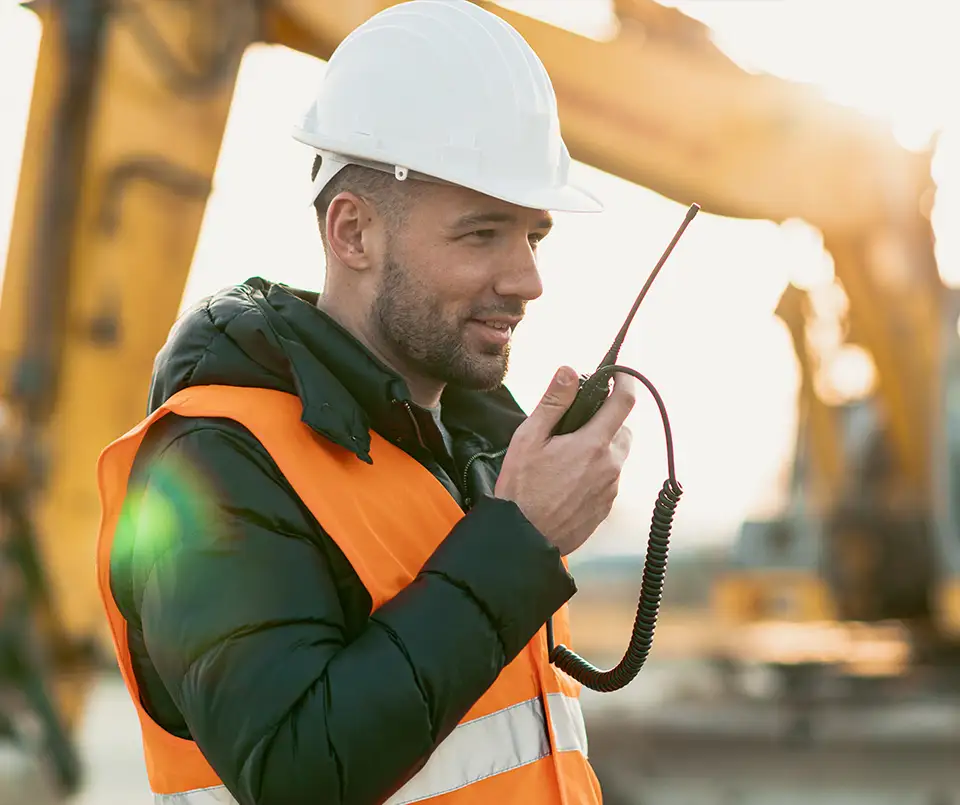
Effective communication is the lifeline of crane operations, ensuring that every movement is coordinated and every potential hazard is promptly addressed. The dynamic nature of construction sites, combined with the scale and complexity of crane operations, makes reliable communication equipment not just beneficial but essential for safety and efficiency.
Investing in quality communication equipment is just the first step. Establishing and enforcing standard communication protocols is equally important. This includes developing a clear, concise set of signals for common operations, ensuring all personnel are trained in these signals, and conducting regular drills to reinforce these practices.
Regular testing and maintenance of communication equipment are crucial to avoid failures at critical moments. This involves routine checks, immediate replacement or repair of faulty equipment, and ensuring that batteries and backup systems are always in optimal condition.
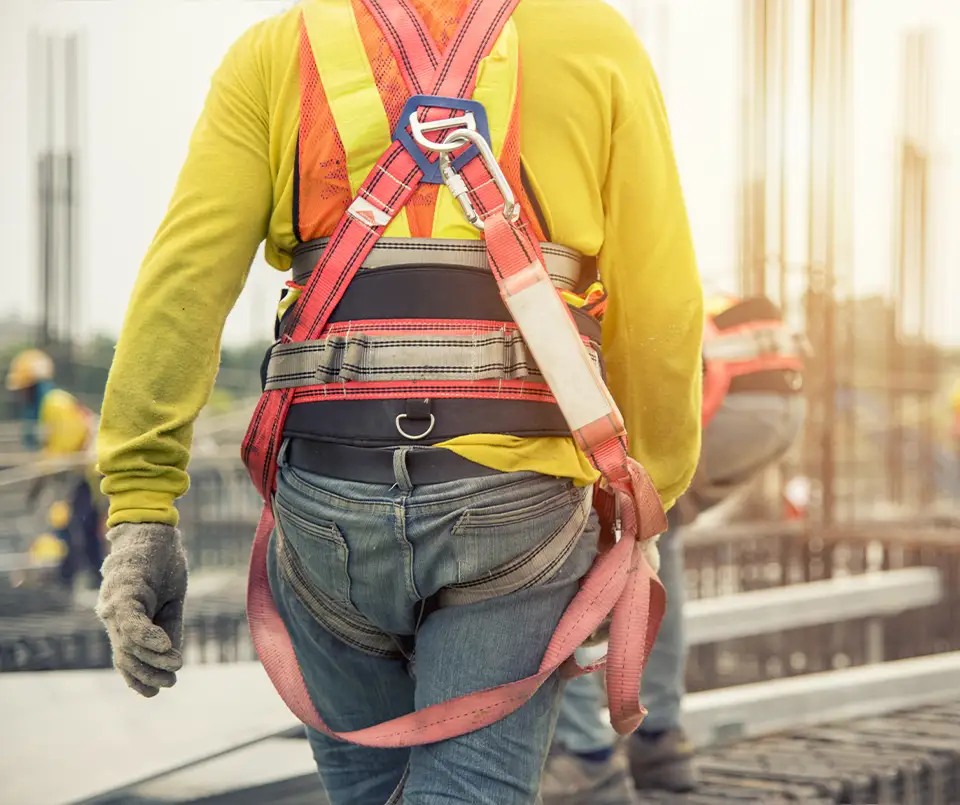
Fall protection equipment, specifically safety harnesses and lanyards, is crucial in preventing falls from height, one of the most common causes of serious and fatal injuries in construction. These devices provide a vital link between the worker and a secure point, ensuring that in the event of a slip or fall, the worker is safely caught.
Proper training in the use of fall protection equipment is vital. Workers should be educated on how to correctly wear harnesses, how to inspect them for damage, and how to select and use lanyards appropriately. Regular drills and refresher courses ensure that these practices are second nature to the workforce.
Routine inspections of harnesses and lanyards are essential to identify wear and tear, damage, or any other issues that could compromise safety. Maintenance involves following the manufacturer's instructions for cleaning, storage, and care, and replacing any component that shows signs of deterioration or damage.
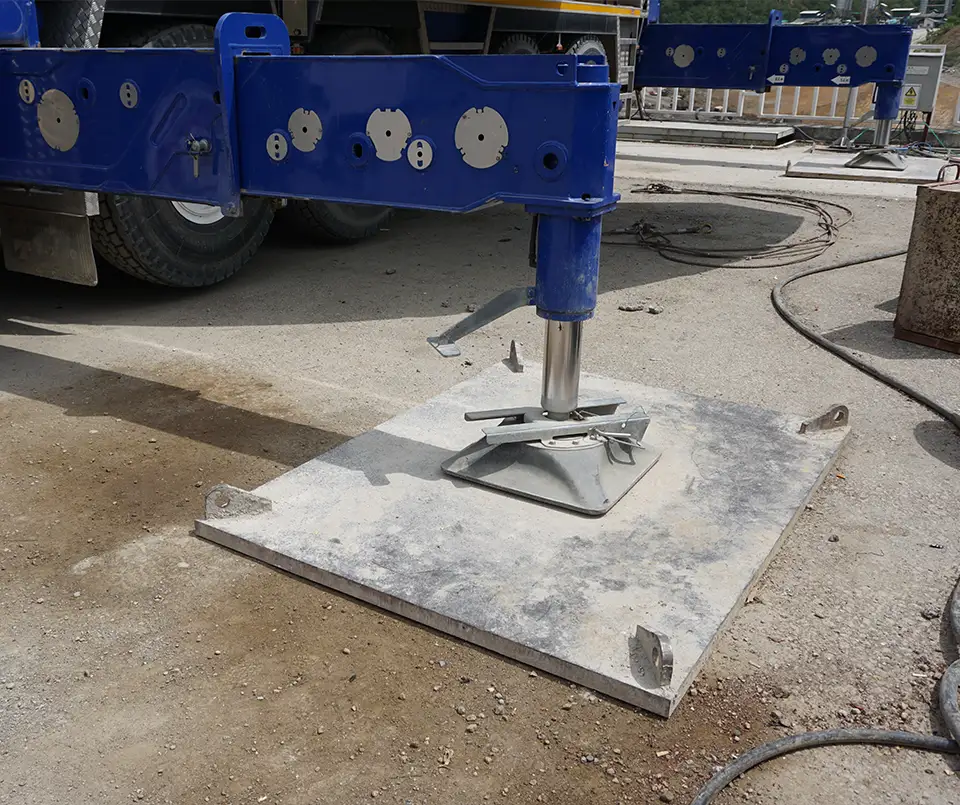
Outrigger pads and crane mats are foundational components that ensure the stability and safety of crane operations. They distribute the load of the crane over a larger area, reducing the pressure on the ground and preventing potential tipping incidents, particularly on soft or uneven surfaces.
Choosing the right size and material for outrigger pads and crane mats is crucial and depends on the crane type, the weight of the load, and ground conditions. Ensuring that these are correctly positioned and regularly inspected for signs of wear and damage is also essential for maintaining stability and safety.
Regular maintenance of outrigger pads and crane mats is necessary to extend their lifespan and maintain their effectiveness. This includes cleaning them after use, checking for cracks or warping, and storing them properly to avoid exposure to conditions that may compromise their structural integrity.

Regular inspection and maintenance are pivotal for the safe operation of cranes. They ensure that every component of the crane is in optimal working condition, thereby preventing accidents caused by equipment failure. Inspection and maintenance tools are essential for diagnosing issues and performing necessary repairs or adjustments.
Establishing routine checks and adhering to a strict maintenance schedule is essential for crane safety. This includes daily inspections, periodic maintenance according to the manufacturer's guidelines, and immediate attention to any issues detected during routine operations.
Maintaining detailed records of inspections, maintenance activities, and repairs is not only a regulatory requirement but also a best practice for ensuring accountability and traceability. Compliance with industry standards and safety regulations is paramount in maintaining the operational integrity of crane equipment.
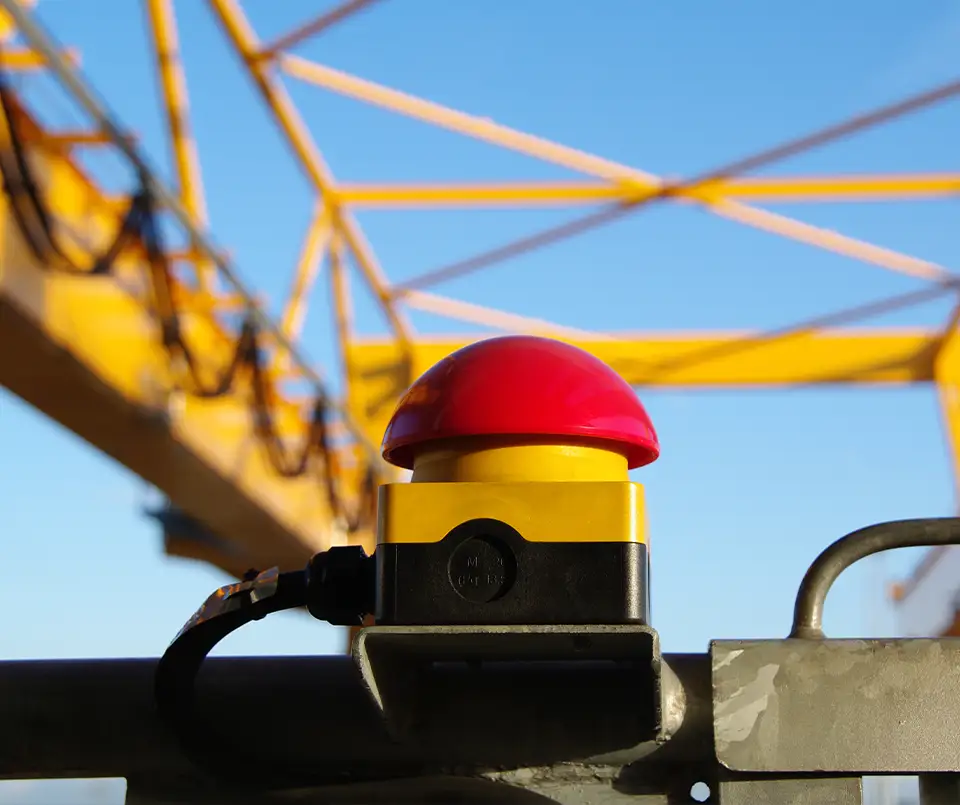
Emergency stop systems are a critical safety feature in crane operations, providing an immediate means to cease all crane activities in the event of a hazard or unsafe situation. These systems are designed to minimize the risk of accidents and injuries by allowing for a swift and decisive shutdown of operations when necessary.
Emergency stop buttons or switches are prominently placed within easy reach of crane operators and, in some cases, also accessible to ground personnel. These systems are wired to override all other commands, ensuring that the crane comes to a halt as quickly as possible once the emergency stop is activated.
For emergency stop systems to be effective, they must be in perfect working order at all times. This requires regular testing to ensure functionality and immediate repairs or replacements if any components are found to be faulty. Regular drills should also be conducted to ensure that all personnel are familiar with the location and operation of emergency stop systems.
Adherence to industry standards and safety regulations regarding emergency stop systems is not just a legal requirement but a moral imperative. Ensuring that these systems are installed, maintained, and utilized correctly is fundamental to maintaining a safe working environment.

Lockout/tagout kits are fundamental in ensuring safety during the maintenance and repair of cranes. They are designed to secure energy sources and prevent the accidental startup of machinery, protecting maintenance personnel from unexpected energization, startup, or the release of stored energy.
Lockout devices are used to physically block the operation of switches or valves, while tagout devices provide warning labels and information about the lockout. Proper training in the correct application of lockout/tagout procedures is crucial to ensure that these devices are effectively implemented.
Strict adherence to lockout/tagout protocols is essential to ensure the safety of maintenance personnel. This includes following a step-by-step process to isolate energy sources, applying lockout/tagout devices, verifying that the equipment is properly isolated, and only removing the devices once the maintenance work is completed and the area is deemed safe.
Regular training sessions are vital to ensure that all personnel are aware of the lockout/tagout procedures and understand their importance. Periodic audits of procedures and compliance reinforce the safety culture and ensure that the protocols are being followed correctly.

Fall protection systems are crucial in crane operations, especially when working at heights. These systems are designed to prevent falls or to safely arrest a fall should one occur, significantly reducing the risk of serious injury or fatality. Implementing comprehensive fall protection measures is not just a regulatory requirement but a critical aspect of ensuring worker safety.
Comprehensive training in the use and inspection of fall protection systems is essential. Workers need to be knowledgeable about the correct usage of personal fall arrest systems, the limitations of fall protection equipment, and rescue procedures in the event of a fall.
Regular inspection of fall protection equipment is critical to ensure its integrity and functionality. Any damaged or worn components should be replaced immediately. Maintaining a strict schedule for inspection and replacement ensures that the fall protection systems remain reliable and effective.

Weather monitoring devices play a crucial role in crane safety, providing real-time data on environmental conditions that can significantly impact crane operations. Adverse weather conditions like high winds, lightning, and extreme temperatures can create hazardous situations. Having accurate, up-to-the-minute information allows site managers and crane operators to make informed decisions about operational safety.
Incorporating weather monitoring into daily operations involves more than just installing devices. It requires a protocol for responding to the data received, ensuring that all personnel are aware of the procedures to follow when adverse weather conditions are detected.
For weather monitoring devices to provide accurate data, regular maintenance and calibration are essential. This includes checking sensor accuracy, cleaning components, and replacing any faulty parts promptly to ensure the reliability of weather data.
In conclusion, weather monitoring devices are indispensable in ensuring crane safety. They provide crucial data that aids in making informed decisions about crane operations, helping to mitigate the risks associated with adverse weather conditions. Proper implementation, regular maintenance, and adherence to response protocols are key to leveraging these devices effectively for operational safety.
Understanding and implementing crane safety equipment is crucial for maintaining a safe working environment and ensuring the well-being of all personnel involved in crane operations. This guide has provided an in-depth look into the essential safety equipment and practices that are fundamental to crane operations.
At AP Crane Training, we understand the complexities and challenges of crane safety. We are committed to providing comprehensive training and support to ensure that your team is equipped with the knowledge and skills necessary for safe crane operations. If you have any questions or need further assistance in understanding crane safety equipment, our team of experts is here to help.
Contact us for more information or to schedule a training session. Let AP Crane Training be your partner in fostering a culture of safety and excellence in crane operations.

An All Purpose Safety Training Solutions Company